Lets talk a bit more about that wild animal living in your home and how you might understand its ways.
The title of this post says it all. A cat's raison d'etre is this - HUNT, CATCH, KILL EAT, GROOM, SLEEP. And that is it, in that sequence, several times each day. A continuous instinct that drives your cat to behave in the way it does. Even just knowing that casts a light on why your cat does what he does. You will often see your cat wash after having eaten and then go to sleep. There you are seeing the last three stages. But what about the first three, the hunt, the catch, the kill. Cats who go outside will be doing this naturally and they will either catch prey or they will chase leaves etc. and then come in to be fed, happily fulfilling their instinct but if your cats live indoors then they do not have access to fulfil these instincts without your help. Remember, these are deep urges within your cat which will not go away and need to be fulfilled on a daily basis, several times, so you must help them. In practical terms this means providing them with toys to play with, but more than that, playing with them. (Having an indoor cat is a much greater commitment than having a cat that goes outdoors so do please consider this before you adopt a one.) This is just a summary of what it means to be a cat and to own one. If you would like help with your cat, its behaviour or just want to learn more then please book a Happy Cat Consultation.
0 Comments
As a cat sitter and consultant I have the absolute pleasure of meeting many gorgeous cats and entering their homes. I have listed here the 7 most common mistakes that cat owners make. Are you guilty of any of them?...
Do you have any cat related subjects that you would like to see feature on my blog? If so, just send me an email or use the comment box below.
info@chalfontpetsitters.co.uk
Top 5 Reasons Why Free Feeding Kibble Is Harming Your Cat:
As a result of rarely needing to drink water, cats body signals that communicate the urge to drink to their brain are so delayed that they are already at the point of dehydration when they finally feel the need to drink. Not only does dry kibble lack the moisture that cats greatly need everyday to stay hydrated, but every time they graze feed, they are using up essential moisture from their system just to be able to digest the food, therefore keeping them in a cycle of systematic dehydration. Dehydration is dangerous because it slows down every function in the body, and when that is allowed to occur on a daily basis for years it will have major health consequences such as kidney disease or even kidney failure. Chronic dehydration is one of the leading causes of kidney disease in cats as ‘almost half of cats aged 6-9 years old are already showing signs of kidney deterioration on wellness blood testing, and some reach 40% function loss as early as age 3’. Important: If your cat is on a kibble only diet, then provide different water stations well away from its food. Two or three water sources ensure that your cat can choose where to drink. Offer wide flat bowls, or better still, a fountain. Feeding your cat wet or raw food will give them the moisture they need to thrive, thus reducing the risk of developing health issues later in life. 2. Mental Stress Hunt. Catch. Kill. Eat. Groom. Sleep - as I mentioned above, this is the order of life for all cats, including Little Miss Fluffy asleep on your lap. But, if there is kibble available all day then she has no need to hunt. "But that's a good thing", I hear you say. Wrong! She needs to hunt to satisfy the deep instinct within her. It doesn't have to be live prey. A toy is just as good. After the 'prey' has been caught and killed, Fluffy then wants to eat it and this is when you provide her food. If she is denied the hunt, catch, kill, eat routine, then you will have an extremely unhappy and stressed cat. 3. Obesity and Diabetes Most dry pet foods contain large amounts of highly processed carbohydrates in the form of refined starches that have been stripped of almost all of their nutrients and fibre during processing. They contain empty calories and provide zero nutritional benefit to pets. Carbohydrates such as grains, potatoes, and legumes are composed primarily of starches, and are essential for pet food manufacturers to keep costs low as the ‘main function of carbohydrates in the processing of extruded dry diets is to provide structural integrity to the kibble’. For pets and humans alike, as soon as this type of starch hits the digestive system and becomes moist, it's quickly converted into sugar which promotes spikes in blood sugar. For cats who are constantly free feeding on kibble, their blood sugar levels are spiking and crashing all day, triggering pancreatic stress that will eventually lead to obesity and diabetes. Cats are very sensitive to sugar, so processed starches should be completely eliminated from their diets. As the pet food industry is generally unregulated, companies don’t have to disclose what percentage of their food's carbohydrate content is from starch and fibre. Since ‘starches in commercial cat foods are included up to 35%’, it is easy to see why our pets are suffering from so many chronic health issues today. While high carb diets should be avoided, you shouldn’t eliminate carbs from your cat’s diet altogether. Fibre, on the other hand, is a good type of carbohydrate which is part of a healthy diet for pets and humans, as it helps to stabilize blood sugar levels. Unlike starch, fibre cannot be broken down into sugar molecules, and instead it passes through the gut undigested. 4. Increases Stress A high starch diet can cause fluctuations in your cat’s mood and energy levels. The constant spikes and crashes in their blood sugar levels, a result of eating starchy foods all day, will disrupt their sleeping and brain patterns. For instance when blood sugar or insulin crashes, this produces increased levels of a stress hormone called cortisol. As a result your cat can become unusually irritable and stressed. You should look for these sudden mood or behavioural changes in your cat as this is an indication of nutritional issues that need to be addressed. Stress wreaks havoc on cats who are extremely sensitive to stress because it can cause many issues ranging from constipation to affecting their immune system. 5. Lack of Appetite It is especially common for cats who graze on dry kibble to become picky eaters, making it difficult to encourage them to try new foods. If they have access to food all day and are always eating, they never really experience hunger and don’t see food as something valuable. Slowly introducing mealtimes by feeding them 2-3 times a day with small meals in the morning and evening, rather than allowing them to eat all day long, will help to stimulate their appetite. Cats will learn that their food will not always be available and food will become more valuable, increasing their appetite.
Step 3
One they start getting more used to this routine (willingness to eat more at these set times), reduce this to two times a day. Eventually your cat will be meowing and waiting for you at mealtime, especially if you’re running behind that day! If you’re still feeding kibble, I highly recommend that you also consider this a good time to start adding wet or raw food into your cat’s diet. You can start to add a little bit of wet canned food, or add a tiny bit of raw food and see what they do. Try a teaspoon at first as some cats aren’t easy to switch!
If you would like help to arrange your home in a cat friendly manner, or advice on any cat related matter, please contact me to book a Happy Cat Consultation.
Cats are mysterious animals and are sometimes, even for the most experienced cat owners, hard to understand. They are fussy creatures especially over things which we, as humans don't think about. For example - the position of their water bowl in relation to their food; where to sleep and their litter trays. Hopefully this article will give you some insight in to how your cat sees the world and the people in it. Setting out your home in a cat friendly manner. Food and Water – When you are considering the happiness of your cat, you need to think like a cat, not like a human. For example, we humans quite often eat and drink at the same time. We have wine or water with a meal; the glass and plate sitting next to each other on the table. We think that this is normal. So let me ask you a question – have you put your cat’s water bowl by its food? Most likely you have. Does your cat drink from that water bowl? Or does she prefer the puddle outside, or the dripping tap in the bathroom? Again, probably. Here’s why – in the wild cats kill prey for food. Their instinct tells them that if the prey is near water, it’s quite likely that that prey has urinated or pooped in the water therefore contaminating it. Secondly, any dead animals left near water are also likely to contaminate it by the decomposition process. So, in the cat’s mind water near food is neither healthy nor clean. Therefore, it won’t touch that water. This is even more true if the water is stagnant i.e. a water bowl. So back to the original point; what we consider normal (our drink next to our food) our cats see as dirty. This is solved by simply moving the cat’s water away from their food. Ideally put it at the other end of the room or even in a different room. Do you remember that I mentioned stagnant water? Some cats aren’t so keen on that either. The solution is a water fountain. These can be easily bought from pet stores for a few pounds or if you want to spend a bit more, a ceramic one from Miau Store is a good option. They’re easier to clean than plastic ones especially if you have hard water that leaves limescale deposits. Of course, that is not the end of it. Cats are fussy about the shape of their bowl as well. They do not like deep bowls with high sides. That is because they do not like their whiskers interfered with while they are eating or drinking. So, the best shape for a cat to have is a wide flat bowl. Both for their food and for their water. Try to keep wet food separate from dry food. Also, if you have more than one cat, it is advisable that they should have their food in different places. The exception to that rule is if two cats have been brought up together from kitten-hood and are used to eating together. I have four cats. The two kittens who are from the same litter are happy to eat together. They share a space for food and they share a water drinker. The two other cats have separate food and water stations. In total we have three food areas and three water drinkers. A note about how much your cat should drink - in the wild cats drink very little. They can actually get most of the moisture they need from their food. Dead prey is, after all, mostly water. If your cats get fed wet food then you will probably notice that they drink very little. On the other hand, if your cat’s diet is mostly made up of dry biscuits then your cat will need to drink water. DO NOT feed your cat cow’s milk. Cats cannot digest it and it can therefore cause stomach upsets. If you would like to give them milk, then there are several ‘cat milks’ available in supermarkets. That goes for all dairy products such as cheese. My cat loves cheese and I occasionally give her a very small amount (a piece the size of my finger nail) and this seems fine.
Some food manufactures split the Kitten stage into three. 1st age kitten, which is up to 3 months old, 2nd age, which is up to 6 months old and then 3rd age, over 6 months. The importance of these different stages are due to the differing amounts of protein and minerals in the food. Kittens and older cats need more protein in their diets than cats of middle years. Supermarkets sell many brands of cat food and some of these can be very cheap. I’m sure you’ve heard of Felix, Whiskers and GoCat. Supermarkets offer their own brand as well. Cats can be very fussy. Our cat George will only eat two brands of dried food. I think it’s to do with how many different foods a cat was introduced to during their kitten-hood which is why I have been careful to feed my two kittens a range of brands and food types. However, I am not a fan of the foods you can get from supermarkets and neither sometimes are the cats. (when my husband bought the cats some Co-Op own brand biscuits, my cats would not eat it. “What is this cheap muck?” they said. Even the local ‘Hoover’ cat, who goes into everyone’s houses and eats everything that he can find, didn’t eat it. Even the foxes didn’t eat it!!! We didn’t get that again.) I have owned quite a few cats over the years and they all, as they get older suffer with kidney disease and urinary problems. This is the ‘weak’ spot in cats. Unfortunately, most cats will eventually die from failing kidneys and even in their middle years, they are prone to urinary tract problems such as Feline Lower Urinary Tract Disease (or FLUTD). This is a build-up of crystals in the bladder and urethra. I will write more about this is another blog post. For this reason, I make sure that I feed all my cats a food that is optimised for urinary health and I’m not sure that the cheap brands are. Since my cat, Lewis, suffered from FLUTD, I have always bought my cats’ food from a pet store either online or in person. Some of the brands that have urinary friendly foods are Royal Canin, Hills and Purina. Royal Canin has by far the largest range. Always buy a food which states that it is optimised for urinary tract health.
Litter Trays - If your cat has a litter tray, the positioning of this is also important. Ideally it should be in a different room to your cats’ food and water. If that's not possible, then position it as far away from the food and water as you can. You wouldn't want to eat your meals in your bathroom, would you? And it's the same for cats. A lot of articles online recommend that you have one more litter trays than you do number of cats. So, for example, if you have two cats, you would have three litter trays. But I have never found that to be necessary. Of course, it depends on how often you clean out the trays, but if you do them twice a day then an extra tray is not really needed. I recommend a compostable, clumping, unscented litter. Now-a-days there are lots of natural based litters on the market made from a variety of products such as paper, wood pellets and plant based materials. Two of my favourites are Catsan Natural Biodegradable Clumping Litter and World’s Best Cat Litter. (I think that the original Catsan, and others like it, is evil stuff. It’s not compostable so contributes to landfill, and it’s really dusty. It makes my nose stream so goodness knows how it affects the poor cat who has to dig in it several times a day. AND it doesn’t clump. It’s so difficult to keep the tray clean and it ends up smelling. If you use the original Catsan, I strongly recommend that you look for an alternative.) The Catsan Natural and World’s Best are very low dust and they clump which makes it so much easier to keep clean. The World’s Best is made from corn and the Catsan Natural from wheat. The dirty litter can be but on your compost or in your green bin (so long as you don’t put it in a decompostable poo bag) so you are not contributing to landfill. Both these litters are also suitable for kittens, having small granules and a soft feel on paws. I have found that sometimes kittens don’t like the pellet ones. I think it’s because the pellets tend to be quite big and can hurt their small paws. Biodegradable litters are freely available on Amazon or any pet websites such as Medic Animal.
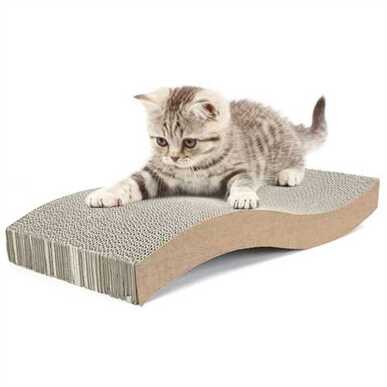 Scratching Posts I love cats but one of their behaviours that annoys me the most is clawing the furniture or carpet. You can not stop a cat from clawing. It’s a natural behaviour that is instinctive. Cats have scent glands on the bottom of their paws so they’re not just scratching to sharpen claws but to put their mark on that particular place. It is territorial behaviour for which you should not punish them. Instead, make sure that you provide lots of places where they can scratch. Outdoor cats will find many places of their choosing such as fence posts, trees, decking; but if your cat is an indoor cat then it’s even more important that you provide areas in which they can claw. Again, as with beds, it’s a bit of a gamble trying to decide which sort of post your cat will take to and much money can be wasted. The cat trees that I mentioned earlier normally have scratch posts incorporated into their structure.
These are just a few of the practical things that you can do to ensure that your home is cat friendly. If you get these few basic things right then you will be off to a great start to having a happy cat.
If you would like your home to receive a Happy Cat Makeover, then please don't hesitate to get in touch. I offer Happy Cat Consultations. There is information available here. I am not affiliated with any of the above brands. I have recommended them because I have used them and genuinely think that they are good. |
aNNA MARTINOver 40 years of being owned by cats. Archives
November 2023
Categories |
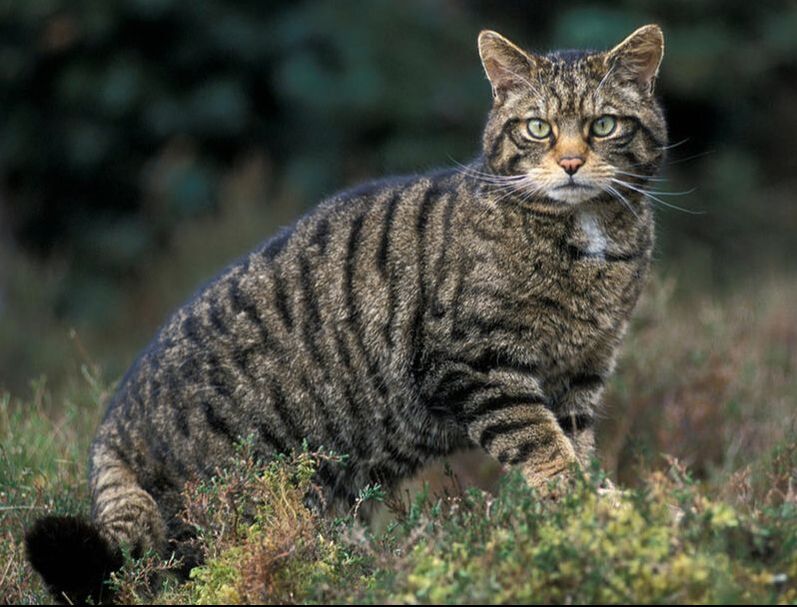
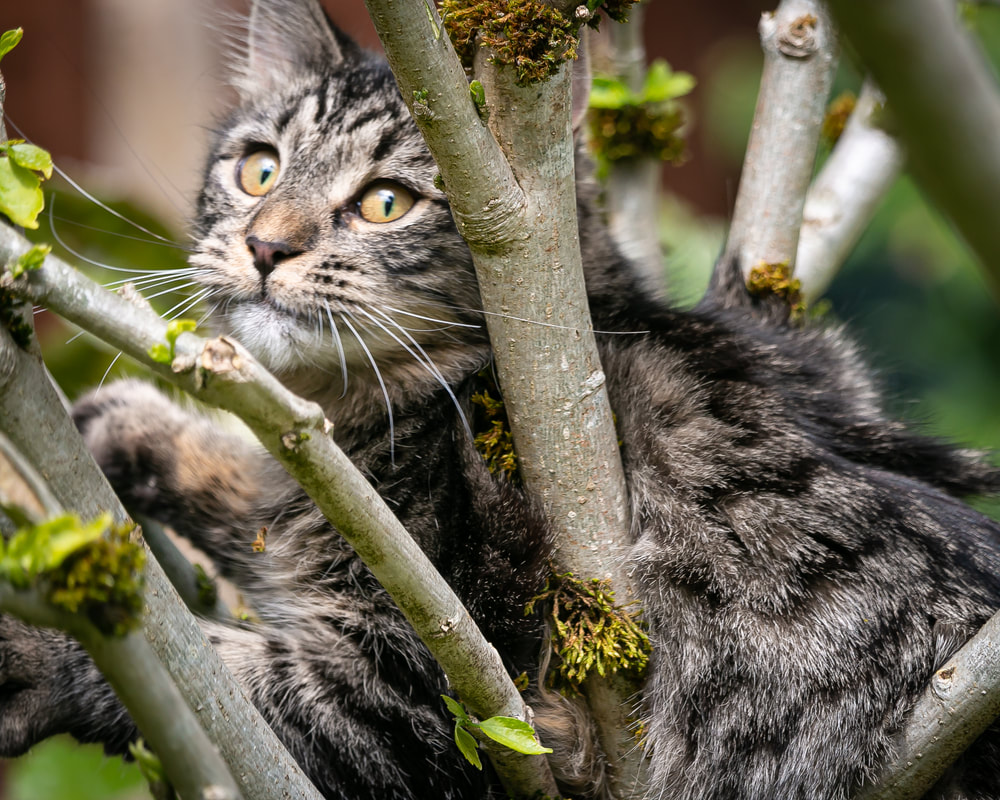
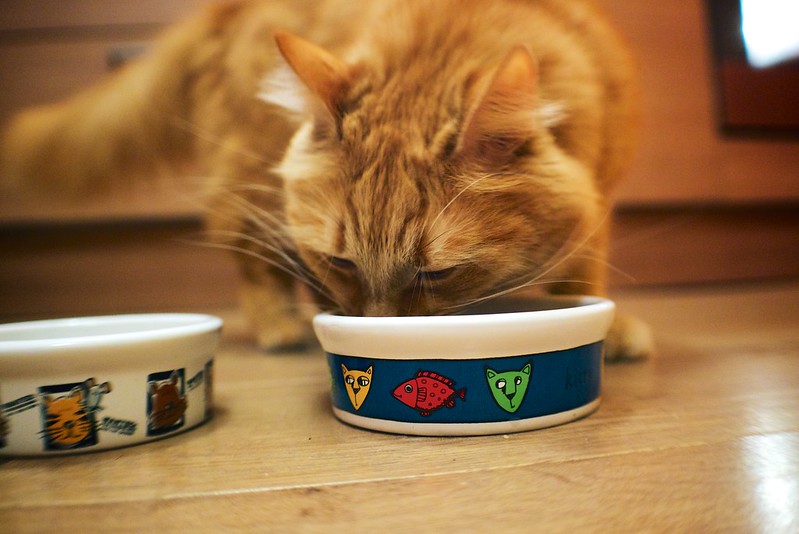
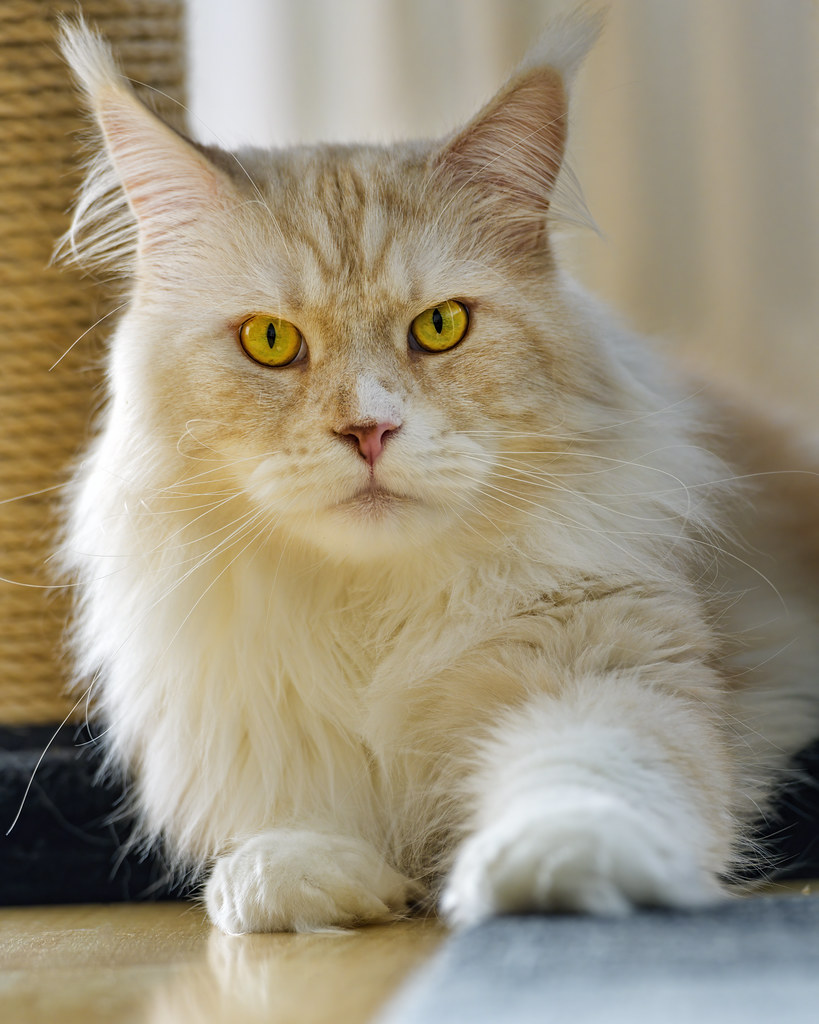
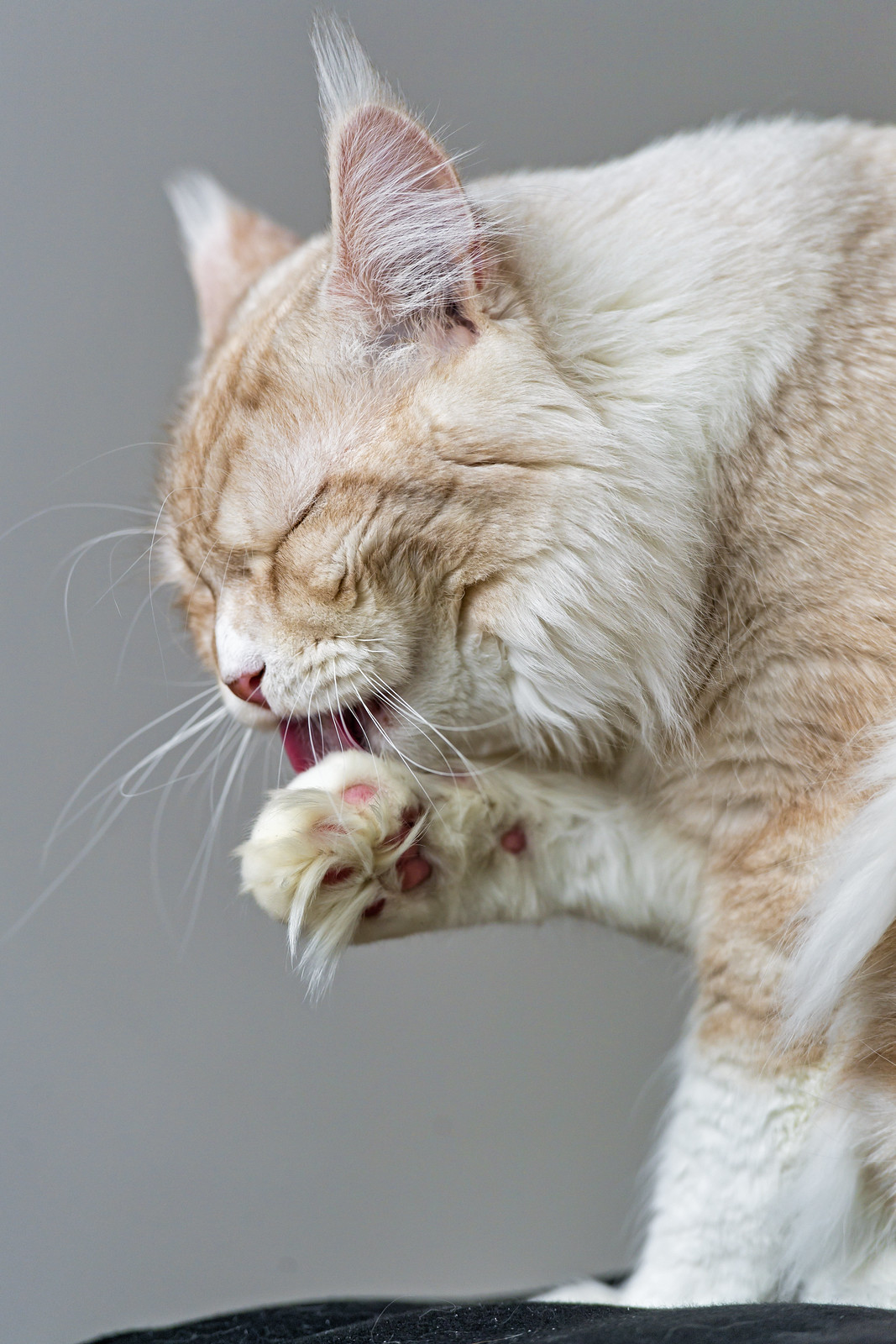
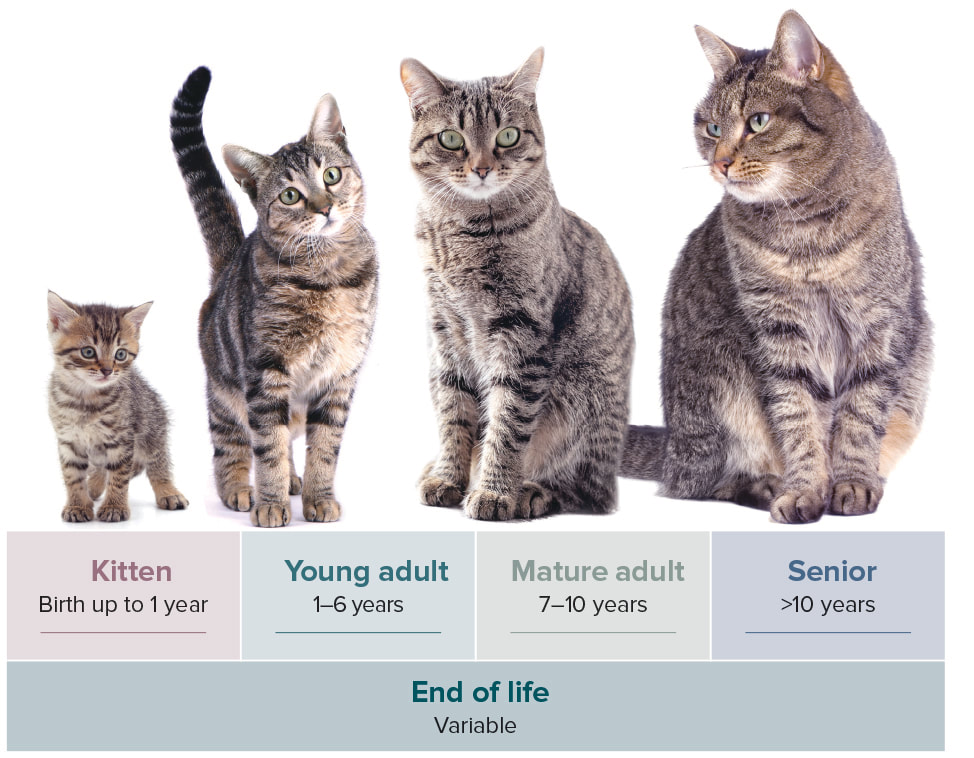
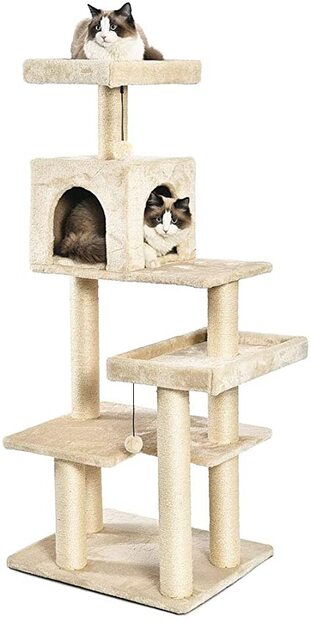
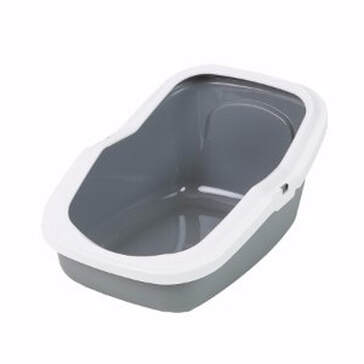
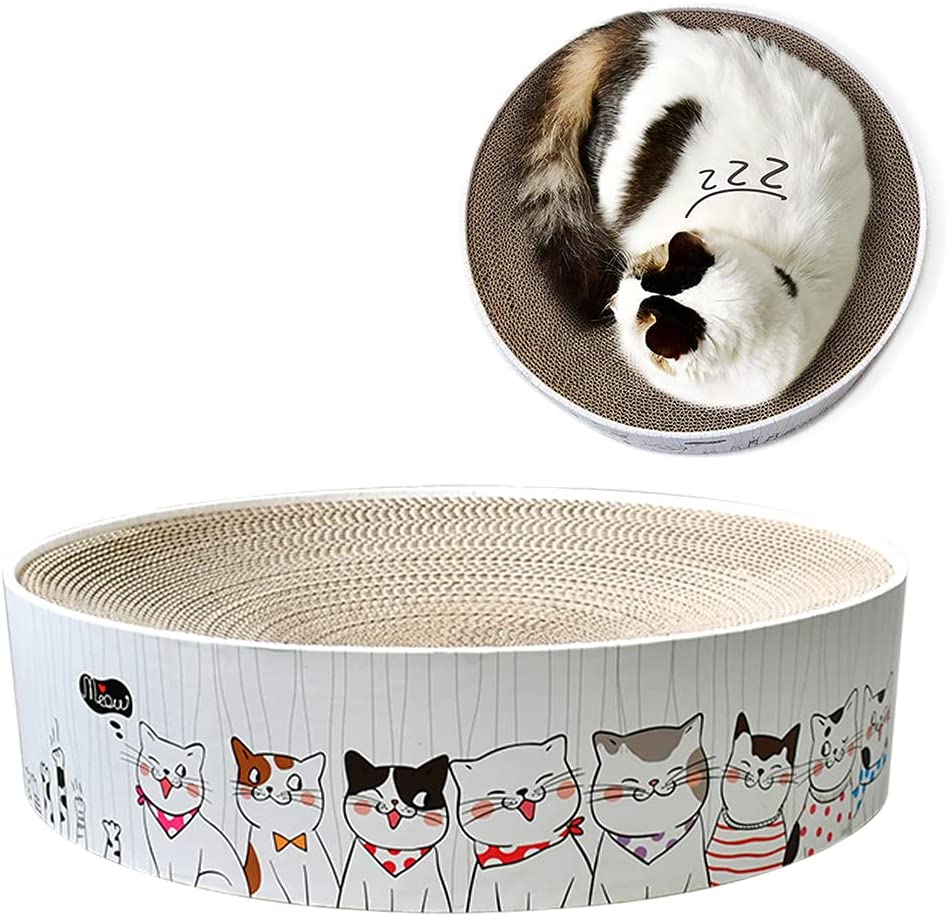
 RSS Feed
RSS Feed